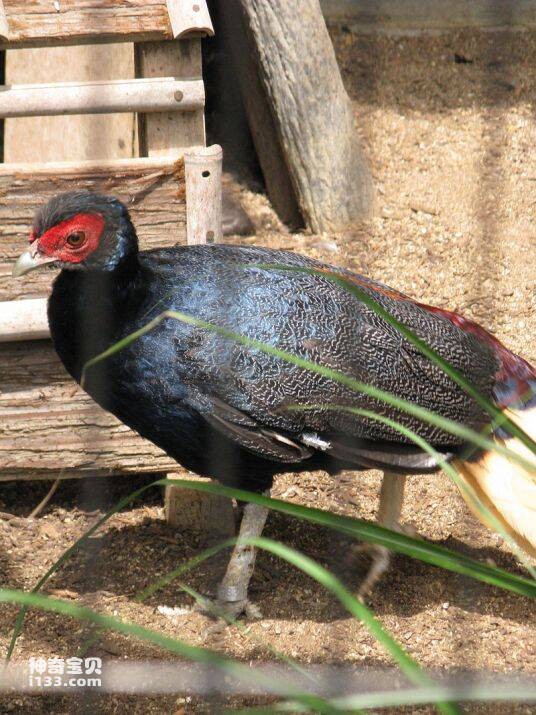Lophura erythrophthalma
IUCN
LCBasic Information
Scientific classification
- name:Lophura erythrophthalma
- Scientific Name:Lophura erythrophthalma
- Outline:Landfowl
- Family:P.genus P.family
Vital signs
- length:No textual research information is available
- Weight:No textual research information is available
- lifetime:No textual research information is available
Feature
Distribution and Habitat
It is found in Brunei, Indonesia, Malaysia and Singapore, and mainly inhabits subtropical or tropical lowland moist forests.
Appearance
The details are unknown.
Details
Lophura erythrophthalma, often alone or in pairs or in small groups of 3-6 individuals. In winter, there are sometimes as many as 16-17 clusters. Especially in the early morning or evening the most active, poor activity at noon, night more perches in trees. Activities often strut, act alert, run quickly after fright, crest stands, tail feathers show slightly, to run to a certain distance and then alert to observe the trend, sometimes stop and go, look around. In addition to walking and running on the ground, Blue Pheasant can also fly and jump. The wings are flapped as an aid when jumping, but sometimes they are not extended. Move your head back and forth and drop your tail slightly. There is usually no inherent territory and range of activity, and no territorial sexuality, even during reproduction.

Brown tail fire back alert, timid and afraid of people, when frightened from the mountain to the mountain running. Generally rarely take off, but also fly up the tree in an emergency. It usually flies from the night dwelling tree to the ground after the dawn. After eating, they usually stand in place to rest or trim feathers, and occasionally fly to a tree to rest. They live in groups in high trees at night, and generally start to roost in trees when it is dark. The diet consists mainly of insects and a variety of berries, seeds, young leaves and moss.
The breeding season is April-May. In mid-to-late March, male birds begin to estrus, a male polygynosis, and males often fight for mates. Male bird courtship show for the side, usually from the female bird right back direction of the front left circle, when to the female bird side and the female bird parallel or close to parallel, the male bird constantly left and right swing tail, slow and large movement, and then continue to move forward, around the female bird head from the right, after each circle will be 2-3 meters away from the female bird standing still, 1-2 minutes later and repeat once. Each estrus show off, you can repeat the circle 6-7 times. Sometimes the male bird also does a rapid continuous squat, stand up action or stretch both wings for a high frequency, small amplitude of intense wing action, called "Peng".
Pheasant's nest is found in a hollow in the ground or in grass between underwoods and shrubs. The nest is relatively simple, consisting mainly of dead grass, leaves, pine needles and feathers. Each clutch lays 4-8 eggs. Usually every 1 day 1 eggs, eggs are produced after the start of incubation, incubation period of 24-25 days. Young birds have sex early and can leave the nest with their parents on the day they hatch.
IUCN Red List Protection Level: Vulnerable (VU).
Protect wild animals and eliminate wild meat.
Maintaining ecological balance is everyone's responsibility!








